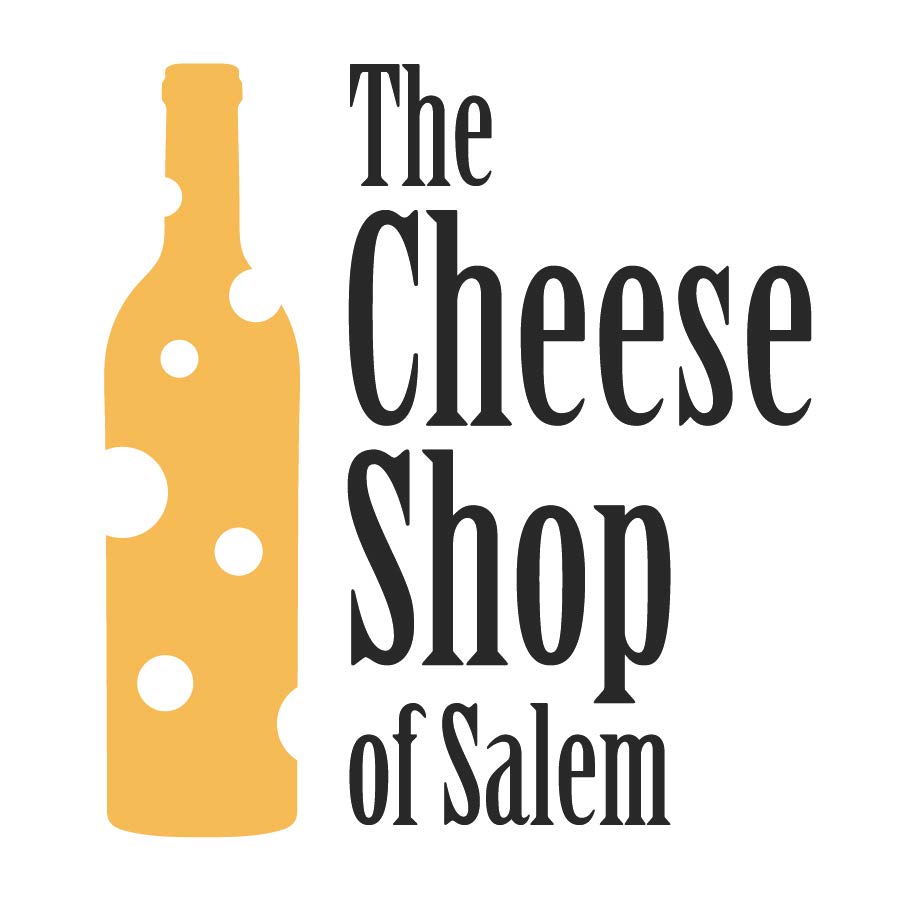Grape Me: Pinot Blanc
Free tasting | Saturday, August 24, 2019 | 4-6PM
Mark your Google calendars! As of 4:05 on Saturday, August 24th you’re going to have a new favorite white wine! From the 24th onward when you gush about your undying love for Pinot you won’t be referring to Grigio, Noir, or Meunier but instead…Pinot Blanc!
This grape has always had a hard time competing with its grape buddies. Until 1868 in France Pinot Blanc was commonly mistaken for Chardonnay and was even called Chardonnet Pinot Blanc. An ampelographer (someone who identifies and classifies grapevines) named Victor Puillat was the first to notice the differences between Chardonnay and Pinot Blanc. In 1872 he presented his findings at the Loire Viticultural Exhibition and the viticulture community finally accepted Pinot Blanc as a unique grape. Unfortunately, the confusion until then means that the history of Pinot Blanc until 1872 is muddled. When looking at old documents that refer to Chardonnay, Chardonnet Pinot Blanc, or Pinot Blanc plantings, there is no way to confirm plantings of Pinot Blanc as it was confused for other grapes for so long.
The origins of Pinot Blanc are also mysterious. It is a part of the Pinot Family, which is a confusing web of grapes that are difficult to trace partially because Pinot Blanc, Pinot Noir, and Pinot Gris all have identical DNA profiles. It is possible that Pinot Blanc is a color mutation of Pinot Gris; the evidence for this theory goes back to Pinot Noir where growers occasionally find black, gray, or white grapes mixed into the grape clusters.
Pinot Blanc is grown worldwide but it definitely thrives in cooler climates. In Alsace, it is frequently blended with Pinot Gris, Riesling, or Silvaner. While plantings of Pinot Blanc have decreased in recent decades in France, they have increased in Northern Italy. In Trentino-Alto Adige, it is known as Pinot Bianco, and if you’re ever craving a stony white wine grab one of these!
Pinot Blanc is also grown across the US in places like Oregon and California. When drinking Pinot Blanc a lot of the tasting notes that come to mind are pear, mineral, apricot and lemon…but on the West Coast of the United States it can be a whole different ballgame. Sometimes you get more tropical notes like pineapple or guava! Pinot Blanc is ready for your love! Come learn and taste this Saturday at the shop!
Saturday’s Pinot Blanc Line-up:
2018 Kivelstadt, KC Labs Pinot Blanc
Who: Owner Jordan Kivelstadt and winemaker Sam Baron
What: 100% this is Kivelstadt’s first time working with this varietal, and they absolutely kill it!
Where: Napa Valley, California
How: Three days of fermentation on the skins
Farming Method: Organic
Fun Fact: Whenever you see ‘KC Labs’ on a Kivelstadt label you know you’re in for a treat; this is their experimental line and the wines resemble chemistry beakers with the clear glass bottles and beakers on the cool labels.
What It Tastes Like: This is a great substitution for your 5pm blast of caffeine. The acidity will give you a jolt and the rounded smooth body will leave you hungry for more alongside notes of pears and pineapple.
2017 Harper Voit Pinot Blanc Surlie
Who:Drew Voit
What: Pinot Blanc
Where: Willamette, Oregon
How: The grapes spend 9-10 months on their lees and are aged in old barrels.
Farming Method: Organic
Fun Fact: The modern day Oregon wine industry began in 1961 when a young university graduate named Richard Sommers ignored his viticulture professor’s advice and planted some grapes, including Riesling, in the Umpqua Valley.
What It Tastes Like: Freshly toasted almonds with smooth notes of lemon curd.
2017 Alois Lageder ‘Haberle’
Who: Alois Lageder
What: Pinot Bianco
Where: Trentino-Alto Adige, Italy
How: It was fermented on its lees in a combination of stainless steel and large casks.
Farming Method: Biodynamic
Fun Fact: Unique to this region, wines from Trentino-Alto Adige will frequently have both German and Italian on their labels.
What It Tastes Like: You know in movies when ships’ sailors say ‘Brace yourself it’s going to be a big one!’ right before a big wave hits? Well, brace yourself because the minerality and drive in this wine is insanity.
2017 Vignoble du Rêveur, Pierre Sauvages
Who: Mathieu Deiss
What: Three of the Pinot’s come together to play: Pinot Blanc, Pinot Gris, and Pinot Noir
Where: Alsace, France
How: Fermented with indigenous yeasts and then aged for a year on its lees.
Farming Method: Biodynamic
Fun Fact: In Alsace, asparagus is such a big deal that there are restaurants that only serve dishes with this flowering plant! These small restaurants are so devoted to asparagus that they are only open when asparagus is season, just from April to June!
What It Tastes Like: Savory with notes of berries and baked apples.






